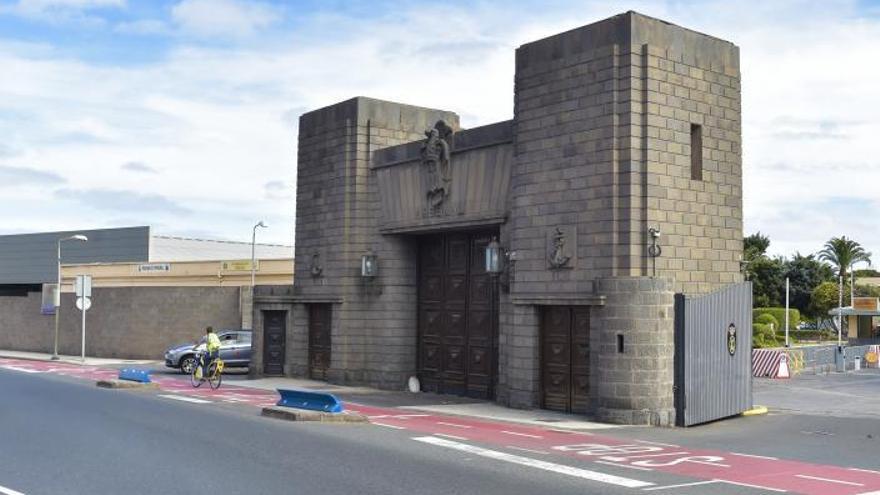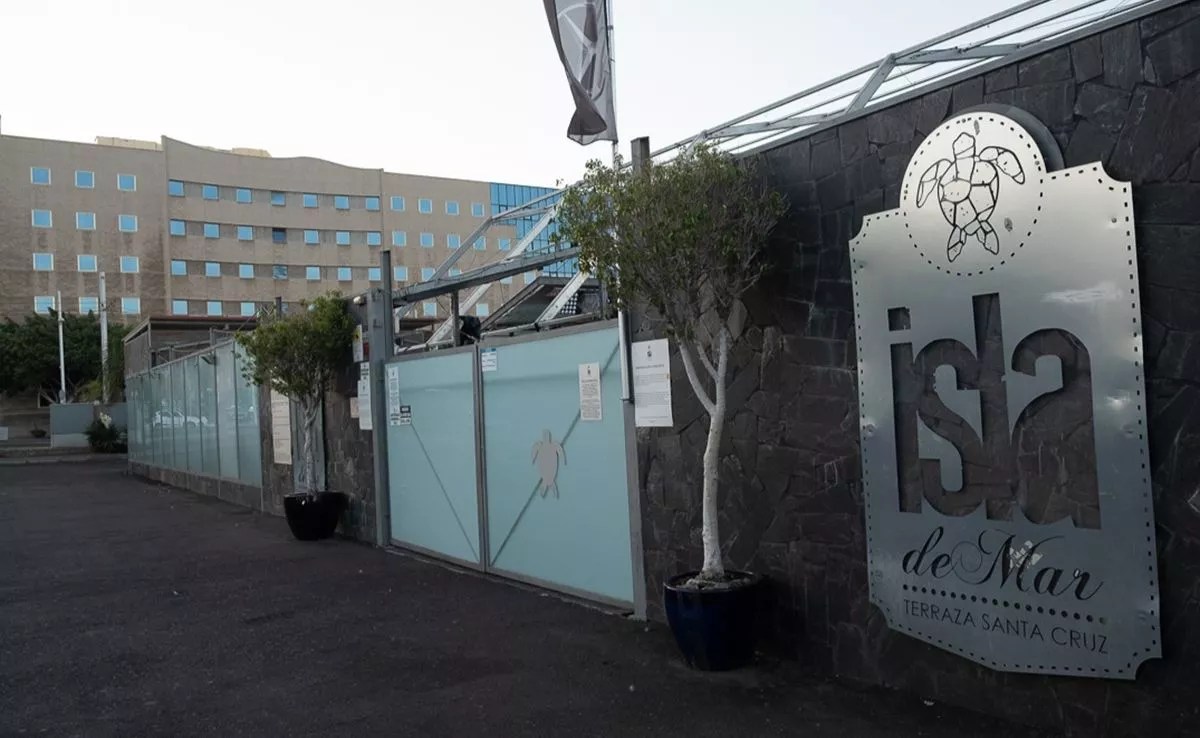
The catalog of Francoist symbols, streets and monuments has completed its second phase (after the one dedicated to Santa Cruz de Tenerife) with more than 3,000 pages corresponding to the rest of the island capitals, of which The Gran Canarian palms It is the one that gathers the greatest concentration of vestiges of the dictatorship. a year ago the University of La Laguna (ULL) signed a cooperation agreement with the Ministry of EducationUniversities, Culture and Sports to develop the contents provided for in the Law of Historical Memory of Canary Islandsincluding the production of this document.
This work, under the direction of Professor María Isabel Navarro, fIt was presented this week to the rector of the academic institution, Francisco Garciafor subsequent referral to the General Directorate of Cultural Heritage of Government of the Canary Islands, reported yesterday the educational center in a note. It consists of five volumes that give continuity to the already completed one on Santa Cruz de Tenerife. This is the second phase of the project, dedicated to the island capitals and which includes for the first time the capital of the gracefulCaleta del Sebo.
In the introduction to the second volume, it is explained that the capital is, of the capitals studied in this second phase of the catalogue, the enclave with the highest concentration of vestiges in terms of monuments, plaques and signs, denominations of public spaces and buildings and Francoist honours.
“This reality has remained alien to the collective conscience until today, despite the fact that at different times several corporations carried out some actions leading to the elimination of elements contrary to democratic normalization,” the researchers say.
“This reality has been alien to the collective consciousness until now,” according to the researchers
The third volume abounds with monuments, sculptures, objects, shields, inscriptions and tombstones, as well as names of streets, urban spaces and others, all referring to the city, to which is added the fourth volume, also from the same location, but in this case focused on the names of streets and urban spaces.
This abundant documentation will also serve to promote the investigation of all aspects related to the aforementioned law. For all these reasons, the content of these volumes focuses neatly on the list of vestiges that are the object of identification and the removal and elimination procedure from public space, continues the ULL, which indicates that the concept of denominations contrary to the democratic memory present in public spaces and in public buildings and infrastructures.
















